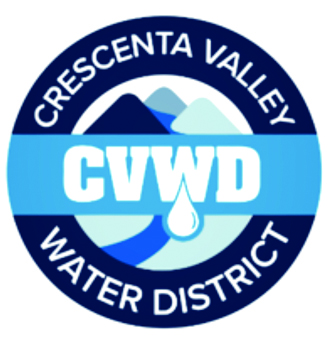Dear Community,
I hope this letter finds you well amid a number of natural disasters here and farther away. Fortunately, the events in our immediate locale were milder.
Such events are good reminders of why we always need to be prepared to respond to a range of events, particularly along the foothills where it’s a matter of when, not if. The District continues to tighten and add to our Emergency Response Plan and most recently we have furthered relationships with a number of fellow first responder agencies. This should provide direct benefit to all residents during future events.
While the District is more commonly associated with delivering water and then collecting and treating wastewater, we are consistently engaged in emergency response activities outside of larger-scale disasters like earthquakes and fires. You may have heard about or seen the water main break along the 3000-3100 block of Montrose Avenue last weekend (there was also a concurrent main break on the 4900 block of El Sereno). This was a significant emergency response effort akin to the main break on Pennsylvania Avenue several years ago. Like a recent well failure (Well No. 14) and booster pump failure (Paschall Station), the pipe under this section of Montrose Avenue beat us to the punch as all of these were likely on the list of infrastructure replacement projects next year (Fiscal Year 2024-25). The pipeline on Montrose was high on the list because, although relatively young (1961 vintage), there had been a history of a half dozen leaks and repairs. The pipe was corroded to the extent that there was barely enough metal remaining to weld the sections together. Indeed, the pipe failed as soon as the line was re-pressurized after repair, after which the decision was made to replace the section of pipe entirely.
There are several challenges posed by the situation and I’d like to let you know that we’re approaching them with the mindset of business not as usual. As mentioned in my last letter, overcoming the many challenges we all face will take creativity (and partnership). One of the challenges is that in order to comply with local street paving standards, we’ll likely need to wait several months to let the soil underground to compact properly. Not only could this pose an extended traffic inconvenience to the community, it will be expensive to temporarily pave, dig it back up and then apply a final paving over it.
It so happens that we recently acquired new talent that’s handy with designing pipeline construction projects. This means that with a reshuffling of their workload and some long hours, we will pursue designing the pipeline in-house, typically an expensive project that takes months to deliver since we solicit and receive multiple bids on projects. It also so happens that we already have a contractor mobilized at the Orange Avenue pipeline replacement project near Monte Vista Elementary School. Between the time and cost savings from designing in-house, the savings from negotiating with a pipeline contractor that’s already mobilized in our service area, and not having to pave twice, we (you) will realize significant savings that we can reinvest into a system that sorely needs it. Our system operators will follow with flushing, chlorinating and pressurizing the new lines. Our intent is to continue operating outside of the box, and I look forward to sharing future ideas and our execution of them.

Switching gears a bit, I wrote last time about a commitment to outreach. Letters like these are one forum for outreach but our plan is also to expand outreach. I’m not sure whether that’s necessarily more outreach, but certainly more pointed, consistent and early in terms of messaging significant initiatives. Since we’re on the subject, let me share that we need to conduct another rate study next year. Whereas we would typically begin that discussion (and initiate outreach) around February of next year, we began the discussion with the Board’s Finance Committee last week. Through discussion, the Committee set a goal of soliciting feedback from customers as early as September/October, which initiates an early feedback sequence. Early feedback can be figured into policy decisions that respond optimally to customer input within the confines of what’s best for the District’s long-term ability to serve the community.
In the meantime, we are getting nearer to setting up a predictable time and space to engage with the community in an open setting (the library is a frontrunner as the venue). A good step to make sure you stay in touch is to contact Customer Service to update your contact information and then read the outreach letter when it’s sent out.
To touch back on the Montrose Avenue leak, a big and heartfelt thank you from all of us at CVWD to the community. It’s hard to grasp the value of having water available at all times at the tap until it’s not. Yet, the residents and businesses along Montrose Avenue couldn’t have been more supportive and appreciative. Just like a cheering stadium can lift runners on a field, appreciative customers lift our staff, particularly our crew, especially when it comes to what is sometimes underappreciated. This is partnership, so thanks again.
That’s all for now. Let’s keep up the dialog. We’ll keep the water flowing.
My best,
James
